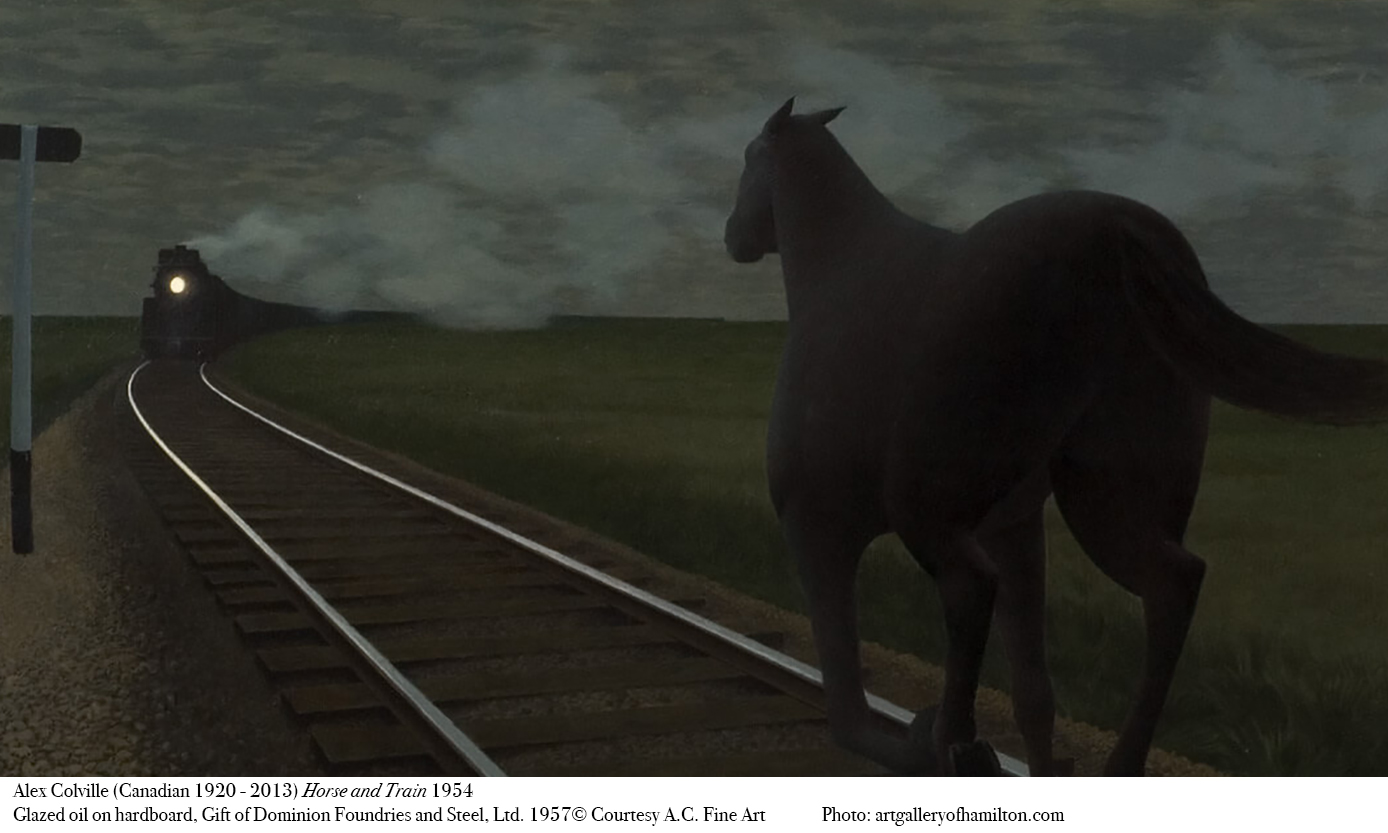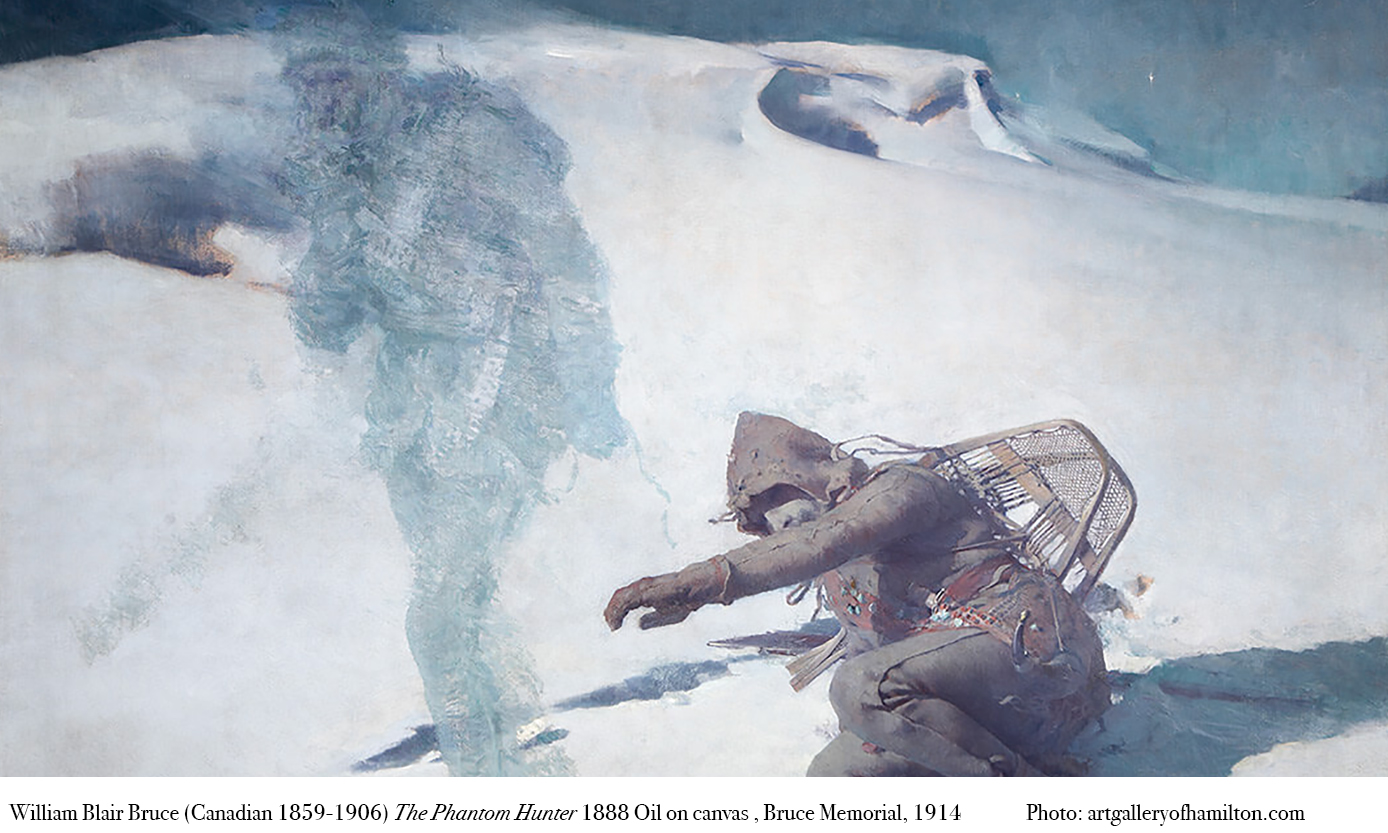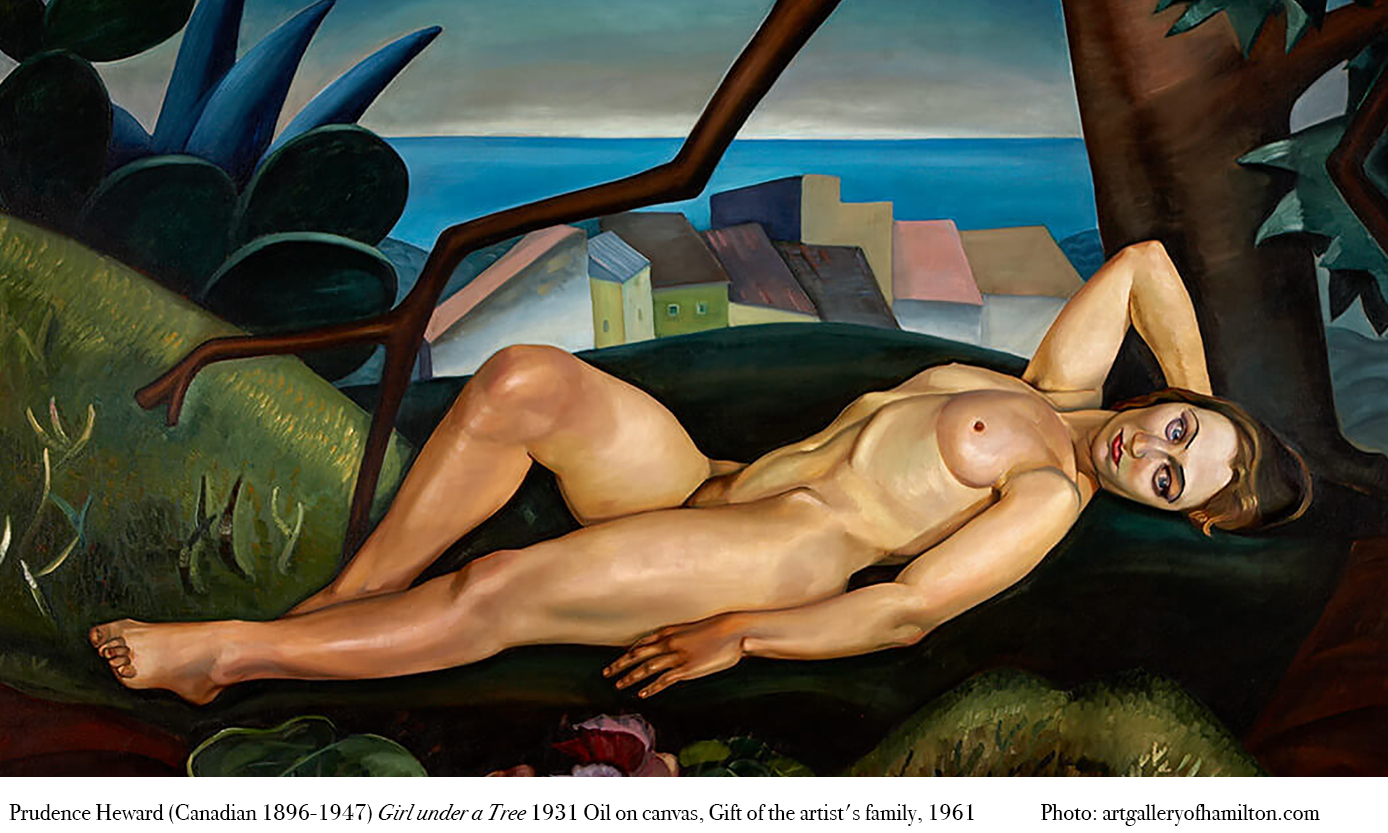
Tips to value your art collection. Second part
By Sybaris Collection
Read the first 5 points in the following link: https://www.sybariscollection.com/tips-to-value-your-art-collection-first-part/
Do you like to collect art, but you don’t know what to buy or how to determine the value of the works that interest you? The current art market is extensive, as you can see when looking at some auction houses and galleries such as Sotheby’s, Christie’s, Bonhambs, Phillips de Pury, Dorotheum and Balcils.
The interest in buying and collecting art arises from the idea of the cabinets of curiosities (small rooms full of wonders that the European bourgeois used to store their most peculiar objects from other parts of the world). The owners of these spaces looked for objects and works that were different. But did they worry about finding the value of all their objects? It is likely that in those times they sought the help of experts or art fans. Today it is possible to estimate the cost of a work of art from certain parameters. We present the following:
6) Determine your physical characteristics. Size, texture, and color do matter. It is common for larger works of art to have a value above small ones. It does not mean that the entire value of a work is determined by its size, but if you find a piece by a little-known author who is also very small, the chances that it will have little value in the market are very high.
7) Review the scale, intensity and medium of the work. If the size of the work is important, the level of detail with which it was made, the effort that the artist invested, the hours of research, the quantity and quality of the materials, as well as the number of people who participated in it is very relevant. Take it into account.
8) Contemporary art is one of the few spaces where concepts such as wages, working hours or vacations do not work the same as in other types of productions. Determining the value of a work is subjective. But this collective subjectivity obeys other arguments, such as the perception we have of the authors or the essence of the work. Enjoy the research process, make an argued description of your works and circulate them in the market.
9) Stay tuned to market trends. The art market is not a bubble: consider the behavior of other areas that may influence the art market. As it has happened on many occasions, while some currencies are devalued or the price of oil undergoes alterations, in the art market these trends can be totally different. Reliability, the sale price or liquidity are important concepts for you to know how the art market behaves and what is the most appropriate time to sell or buy a piece.
10) In relation to the previous point, find reliable media to obtain information on market trends. Few media outlets are faithful to the ethical principles of journalism. It is very difficult to find journalists and media names that we could trust 100 percent. However, once you have found them you will be able to make the best decisions. Remember that buying and selling a work is not an exact science, you can make mistakes. However, the more and better information, the greater the probability of success.





